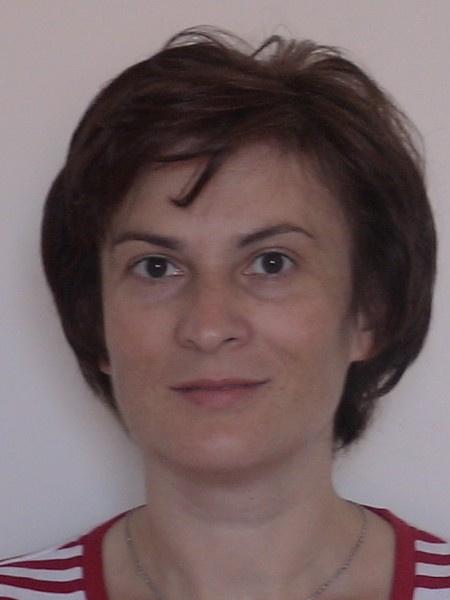abstract
In this work we report macroscopic integration of reduced graphene oxide decorated by nickel nanoparticles (rGO/Ni) with self-assembled diphenylalanine (FF) peptide microtubes (PMTs). The rGO/Ni nanocomposite forms planar electrode-like structure on the FF PMT surface and improves its mechanical and physical characteristics, as evidenced by the electron and scanning probe microscopy techniques. In particular, the enhancement of helical structural stability and stiffness of PMTs in the presence of rGO/Ni has been found. The interaction between rGO/Ni and FF PMTs modifies electromechanical properties of the microtubes, so that a large radial piezoresponse untypical of the pristine FF PMTs appears. Furthermore, the introduction of rGO/Ni enhances electrical conductivity of FF PMTs. The energy diagram of the PMT/rGO/Ni structure suggests an easy path for the optical conversion and light energy harvesting. The technical approach considered in this work opens up a new perspective for the fabrication of macroscopic-scale integrated rGO/Ni and FF PMTs allowing a variety of functional bio-nanostructures to be designed. (c) 2018 Elsevier Ltd. All rights reserved.
keywords
WALLED CARBON NANOTUBES; RAMAN-SPECTROSCOPY; STRONG PIEZOELECTRICITY; CHARGE-TRANSFER; OXIDE; REDUCTION; POLYPEPTIDE; COMPOSITE; SURFACE; FACILE
subject category
Materials Science
authors
Ivanov, MS; Khomchenko, VA; Salimian, M; Nikitin, T; Kopyl, S; Buryakov, AM; Mishina, ED; Salehli, F; Marques, PAAP; Goncalves, G; Fausto, R; Paixao, JA; Kholkin, AL
our authors
acknowledgements
M. S. I. is grateful to the Fundaqao para a Ciencia e Tecnologia (FCT) for financial support through the project MATIS - Materiais e Tecnologias Industriais Sustentaveis (CENTRO-01-0145-FEDER-000014). V. A. K. is grateful to FCT for financial support through the FCT Investigator Programme (project IF/00819/2014/CP1223/CT0011). M. S. is grateful to the FCT for the PhD grant (SFRH/BD/98337/2013). T. N. is grateful to FCT for financial support through the project PTDC/QEQ-QFI/3284/2014. S.K, F.S and A.K thank the joint project Portugal-Turkey TUBITAK/0006/2014 and No. 115F227. A. K. acknowledges the support of CICECO-Aveiro Institute of Materials (Ref. FCT UID/CTM/50011/2013) financed by national funds through the FCT/MEC and, when applicable, co-financed by FEDER under the PT2020 Partnership Agreement. A. M. B. and E. D. M. express their gratitude to the Russian Ministry of Education and Science (Grant No. 14.Z50.31.0034 and the State Task No. 3.1923.2017/4.6) for supporting this study. P.A.A.P.M. acknowledges the FCT/MCTES for a research contract under the Program Investigador IF/00917/2013/CP1162/CT0016 and TEMA (PEst-C/EME/UI0481/2013. Access to TAIL-UC facility funded under QREN-Mais Centro project ICT_2009_02_012_1890 is gratefully acknowledged. The Coimbra Chemistry Centre is supported by the FCT through the project U10313/QUI/2013 co-funded by COMPETE-UE.




